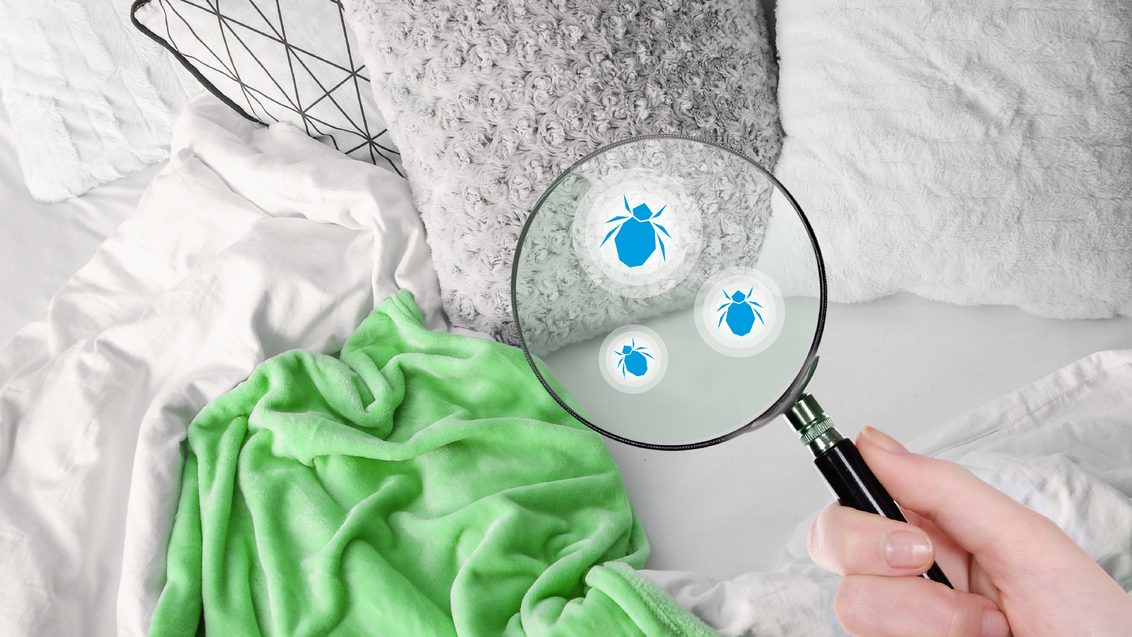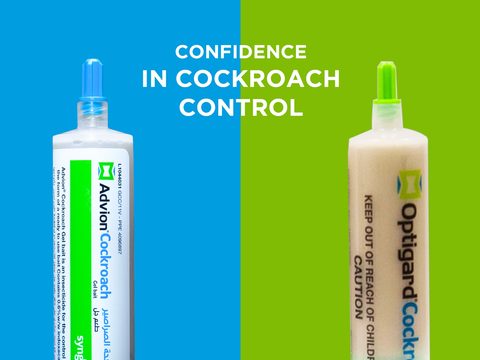Residual Insecticides Critical to Bed Bug Control

While heat, cold, steam, mattress encasements, and traps are all useful tools for controlling bed bugs, most experts agree that residual insecticides will remain a critical element of control programs. Here are four key tips for getting the most out of these products:
1.Target aggregation sites
Research on the biology of bed bugs is providing a better understanding of the life cycle, behavior, and genetics of this insect, and how these aspects affect our control efforts. Recent research has provided some excellent insight into the aggregation behavior of bed bugs, involving pheromones, behavioral cues, and other factors. Aggregation sites tend to be those areas of a room that are less disturbed and away from light, such as voids and cracks or crevices. These sites are a key target for application of residual insecticides.
2.Rotate classes for resistance management
In selecting residual insecticides, it’s important to use different products with different modes of action for long-term resistance management. Not many different modes of action are available at this time so a rotation among classes, e.g. pyrethroids (such as Demand® CS insecticide with iCAP™ technology), neonicotinoids (Optigard flex liquid-TMX), is recommended to help avoid insecticide resistance in the long term.
3. Use advanced formulations
Formulation of the insecticide can also be critical to ensuring that bed bugs pick up the insecticide when crossing a treated surface. Microcap formulations that are lipophilic enhance the probability of a bed bug picking up a lethal dose of insecticide.
Demand® CS and TANDEM™ provide the optimal microcapsule size and construction for effective bed bug control with a residual insecticide.




